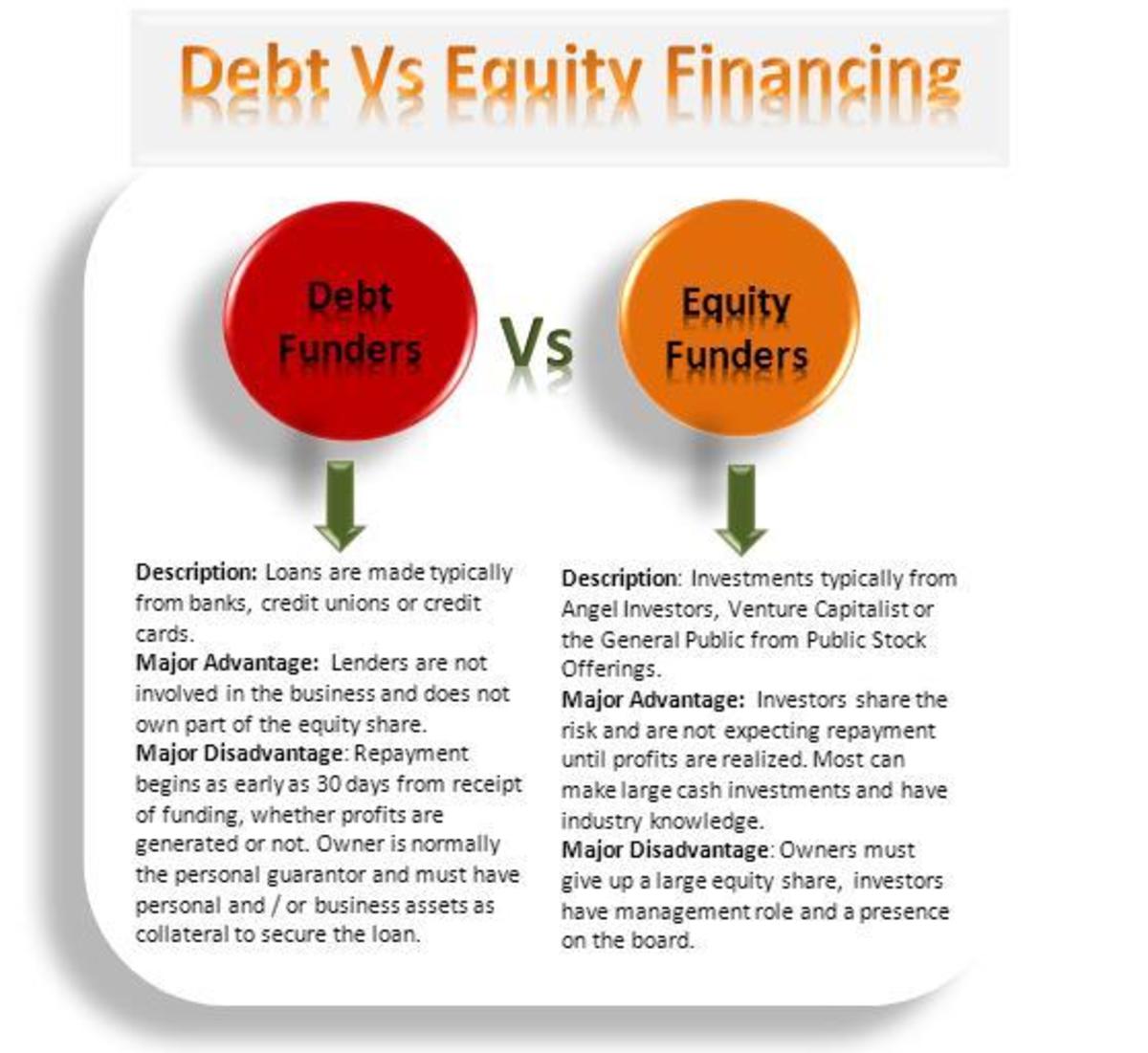6 Ways That Venture Capital Financing Has Changed During Covid-19
COVID-19 wil have repercussions for years to come
Since the onset of COVID-19, many changes have occurred to our everyday lives, the majority of which few imagined could have happened just 6 short months ago. These changes have vastly impacting the global economy and will, undoubtedly have repercussions for years to come. With lockdowns, closure of specific sectors of the economy, and strict border regulations being the order of the day, many enterprises have resorted to down-scaling their operations while others are closing or are closed entirely.
"Seed Financing was down 52% compared to the same time frame last year"
In the midst of this new normal, one area which has also been unable to withstand the current storm is venture capital (VC) financing and the firms that provide such capital. These firms, including JAMCO Capital – the firm I started in 2001 which has been active in this space for nearly 20 years - are where many startups, small and medium-sized enterprises (SMEs), and established businesses go to seek out capital necessary to finance their operations. But how exactly has the pandemic impacted venture capital funding? Below are 6 prevailing ways in which VC financing has been affected by the current landscape involving COVID-19.

1. Number of deals have been significantly reduced
According to Milkove (2020), COVID-19 has led to a significant decrease in early-stage deals, something attributed to the increased risk aversion amongst investors. This author states that early-stage financing was down by 44% in terms of volume of investments compared to the same time frame one year before the onset of the pandemic. Seed Financing, in particular, was the most affected, recording a 52% decrease in volume compared to the pre-crisis period, while Series A Financing experienced somewhat less of a decrease at just 32% by volume of investment.
2. There has been a momentous industry-shift by investors
Macro factors usually drive investments, and VC funds are no exception. Therefore, the perception of where an economy is currently ‘at’, and where it’s headed, from the business-cycle point of view, is crucial in monitoring and assessing the flows of capital. Macro-market forces can either lift or crush a given company as their revenues are usually quite susceptible to the economy in general (depending on which business, of course). VC capital flow decisions are made in relation to ‘where’ the economy is and the SME is going to feel the effects of these capital allocation decisions quite quickly. This is what has been in play since the onset of the COVID-19 pandemic. According to Milkove (2020), investors, including VCs, have been shown to concentrate in those industries perceived to be resilient in these challenging times. Some of these include direct to consumer retail and technology, real estate, energy, technology (certain parts of the industry), and sustainability industries. However, the likes of retail technology, financial technology, and professional services are drawing less interest from investors.
3. Increased volatility and re-pricing
A sharp re-pricing is taking place in various VC markets with lower-rated, less liquid assets experiencing the most dramatic price adjustments (World Bank Group, 2020). This comes about as a result of strong investor flight towards more robust balance sheets - which indicates an appetite for increased risk aversion. To remain afloat in their businesses, whether startup or otherwise, entrepreneurs have had to downward adjust the prices of their offerings to raise capital for core operations.
4. Liquidity crunch
According to the World Bank Group (2020), the onset of COVID-19 has resulted in capital flight, whereby firms and individuals seeking liquidity have tapped any available credit line in the banking sector. This has forced banks to sell liquid securities and reduce trading limits. The high demand for liquidity has also resulted in increased demand for US dollars, which has ultimately led to the value depreciation of other currencies compared to the US dollar.
5. Reduced activity in the venture capital market
As noted by the World Bank Group (2020), the primary market for venture capital financing (private firms) has been experiencing reduced activities due to the impacts of COVID-19. This has led to a considerable switch for capital seekers, who have now turned to the banking sector for funding – a much more restrictive lending/investing group.
6. More negotiating power for venture capitalists
With the declining flow of capital, venture capitalists are bound to gain more negotiating power as the businesses try to find a solid ground to stand on. According to InnoCells, an investment firm, the negotiation power, which initially had been monopolized by the business owners are beginning to shift to the investors (InnoCells, 2020) – including the VCs. Therefore, the venture capitalists will have a greater say on how and where their money will be channeled and negotiate much more beneficial transaction for themselves compared to the more competitive deals they had to do the year prior.
Negotiation power, which initially had been monopolized by the business owners are beginning to shift to the investors
Different intervention measures are being implemented across the world to mitigate the negative impacts of this COVID-19 pandemic, and it will likely have a positive effect on opening the ‘taps’ for all types of funding as the world tries to open up again. Some of these measures include liquidity risk-management through restriction of redemptions in mutual funds (and other investment vehicles), controlling market fluctuations by halting trade and restricting short-selling, relaxing measures for bank lending and liquidity (World Bank Group, 2020) and many other types of government transfer payments to business and individuals through relief efforts and loans. Such intervention approaches will go a long way in assisting businesses overall, including the VC themselves and their investees, and may assist in the process of bringing back the VC world to pre-COVID-19 levels.
Since the future still remains uncertain however, venture capital funding is likely going to continue experiencing negative pressure as both businesses and investors strive to adopt to the new normal. Only time will tell when (not if, since we know that time ultimately heals everything) things will head back to ‘normal’ levels.
This article is accurate and true to the best of the author’s knowledge. Content is for informational or entertainment purposes only and does not substitute for personal counsel or professional advice in business, financial, legal, or technical matters.
© 2020 Christopher Kape








